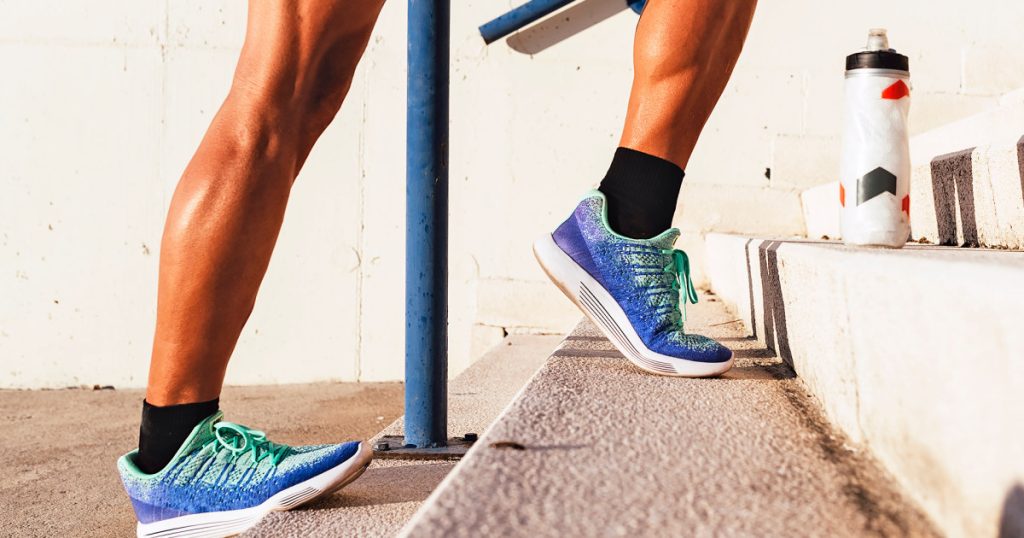Many lower-body workouts often focus on the hamstrings and glutes, overlooking the importance of calf muscles. Neglecting the calves can lead to knee instability and Achilles strains, while incorporating calf exercises can improve balance, stability, and overall leg strength. The calves support a significant amount of the body’s load and are crucial for activities like walking, running, and jumping. Strong calves also contribute to improved posture and ankle flexibility. Incorporating calf exercises into your routine can lead to higher jumps, increased speed, and a reduced risk of injury.
The calves are comprised of the gastrocnemius and soleus muscles, both of which play essential roles in walking, running, and jumping. The gastrocnemius, the larger and more visible of the two muscles, connects from the femur bone to the ankle through the Achilles tendon. This muscle is responsible for propelling you forward and activating when you lift your heels off the ground. The soleus muscle, located beneath the gastrocnemius, works to stabilize the lower leg and flex the ankle, contributing to overall ankle joint stability. Working out these two muscles can help prevent strain and injury, especially in daily movements that involve multiple joints.
Muscle strain is a common cause of calf injuries, often resulting from activities like running or jumping without a proper warmup. Overuse can lead to muscle cramps, causing sudden contractions and resulting in calf muscle pain. It’s crucial to listen to your body and give your muscles time to recover if you experience pain, swelling, or difficulty bearing weight on one leg. Paying attention to these signs can prevent further injury and promote healing. Several leg exercises can help strengthen the calves, including lunges, squats, jumping, walking, running, biking, and indoor cycling. By incorporating these exercises into your routine, you can target and strengthen your calf muscles effectively.
Some of the best calf exercises can be done at home without any special equipment. Calf raises, single leg calf raises, downward dog, jumping jacks, butt kickers, jump squats, raised heel squats, mountain climbers, outward calf raises, inward calf raises, isometric calf raises, and fast feet are all effective exercises that target the calf muscles. These exercises can help improve balance, strength, and stability in the calves, enhancing overall leg strength. Practicing these exercises regularly and increasing repetitions over time can lead to stronger, more resilient calf muscles.
Incorporating calf exercises into your workout routine can have numerous benefits, including improving balance, stability, and overall leg strength. Working out the calves can help prevent injuries, enhance performance in activities like running and jumping, and contribute to better posture and ankle flexibility. By targeting the gastrocnemius and soleus muscles through various exercises, you can strengthen the calves and reduce the risk of strain or injury. Whether you’re looking to add calf exercises to your existing routine or create a calf-focused circuit, there are many effective exercises you can do at home to improve calf muscle strength and overall lower body function. Remember to start slow, focus on proper form, and gradually increase intensity to avoid injury.


